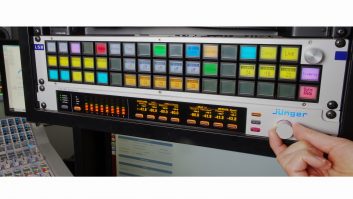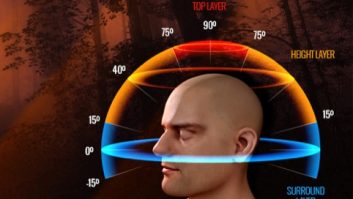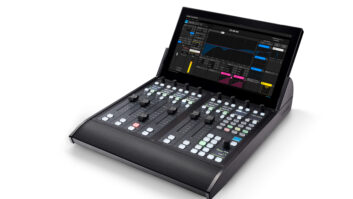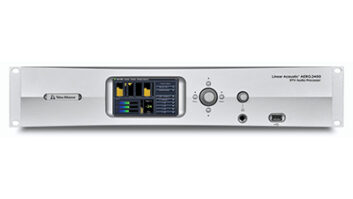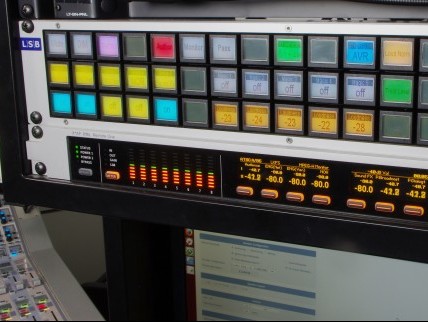
Jünger Audio is showing its audio monitoring system working with the Fraunhofer IIS MPEG-H TV Audio System.
The integration of Jünger Audio’s loudness control features into MPEG-H means that broadcasters can easily identify content that has already been processed or levelled for loudness control. This enables them to avoid multiple levelling passes that can affect the overall quality of the audio.
Robert Bleidt, division general manager at Fraunhofer USA, said, “We are excited to work with Jünger Audio on this product as it will enable broadcasters to offer better audio quality while satisfying their viewer’s desire for consistent loudness. It is an example of how working with an open standard such as MPEG-H allows rapid innovation.
“One application we see for this is control of loudness at network affiliates,” continued Bleidt. “The network signal may be levelled prior to distribution, and not touched by the Jünger Audio processing. Only the local ads and programming inserted by the affiliate will be processed, preventing double compression of the audio.”
Peter Poers, Jünger Audio’s managing director, added, “Our solution is truly agnostic in terms of encoding format. It will be positioned between the mixing console and the transmission chain and at any point where real audio must be monitored again. At the push of a button, users will be able to configure it to work with any codec on the market.”
Poers added that integrating effective loudness control with the new immersive audio formats will be a vital requirement right from the outset because it will allow broadcasters to maximise audio quality and ensure that loudness is consistent and compliant with existing regulations and recommendations.
“Our years of experience in developing the Level Magic loudness management algorithm meant that we were perfectly placed to provide high performance products for this developing market,” he added. “Our technology will enable broadcasters to transition to the new emerging audio formats with confidence and minimal workflow changes, while ensuring that end users benefit from the enhanced listening experience with predictable and reliable results.”
10.A49


